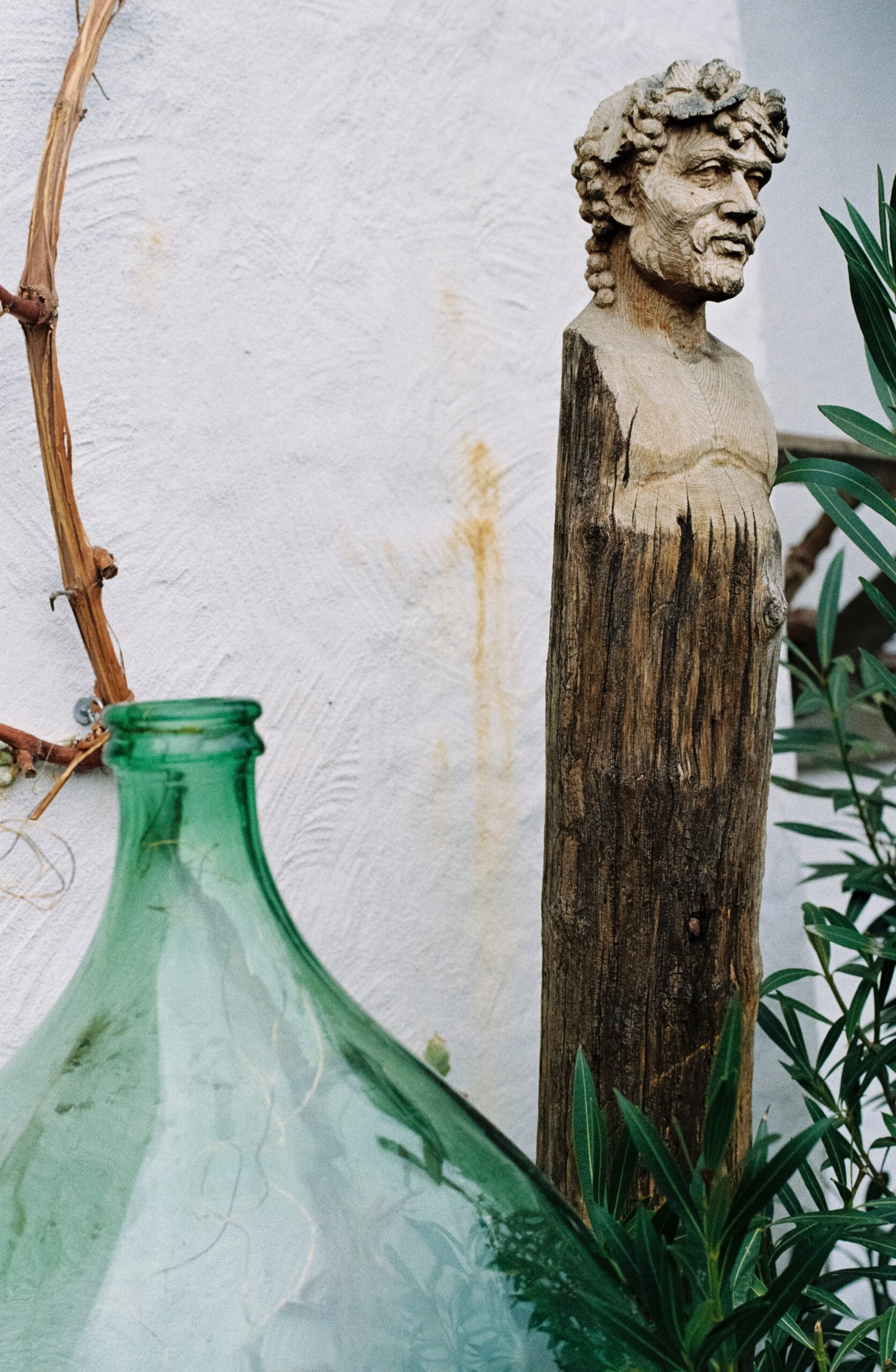HISTORY
Lacryma Christi of Vesuvius is the oldest wine of the Italian peninsula.
Its history get lost in the mists of time and is accompanied by several legends
The most famous is the following: Lucifer, on his descent to the Underworld, tore and brought with him a piece of Paradise. Jesus, acknowledging in the Gulf of Naples what had been taken from him, wept profusely.
From his tears the wine of Lacryma Christi was miraculously born.
Equally well known is the other legend: Jesus visited an hermit who had settled on the flounces of Vesuvius. Attracted by his commendable faith, before the parting, he transforms his drink, not very drinkable, into an excellent wine of Vesuvius.
The wines of Vesuvius were already famous and required at the time of the Romans, when much of the production was exclusively reserved for the imperial court.
The compositions of many Latin Poets are a riot of festive notes towards Vesuvian wine.
The poet Martial, in one of his epigrams, decries its essence and goodness: “Haec iuga quam Nysae plus Bacchus amavit”. “Bacchus loved these hills more than his native hills of Nisa.”
The last archaeological excavations, dating back 4000 years, have unearthed remarkable evidence of ancient winemaking processes.
According to Aristotle, the Vesuvian wine tradition dates back to the Tessalis who, emigrated from their native Greece, settled in the Vesuvian valley, where they planted the first vines.
During the Middle Ages, the Jesuits seized all the land adjacent to the Volcano, thus becoming the sole producers and custodians of the sacred Lacryma Christi wine.
In the year 1000 A.D. Lacryma Christi was produced only by some monks, whose monastery stood at the foot of Vesuvius.
Charles III of Bourbon, King of the Two Sicilies Kingdom, on the 7th of September in 1756 made the “Sum-Vesuvius” section the first Royal Reserve in Europe, outlining with a letter R its borders, thus
protecting and preserving its importance, as well as protecting the producing vineyards of our great Lacryma Christi.
At the end of the 1700s and in the following two centuries, numerous awards and awards were given to the producers of Vesuvian Lacryma Christi at the Paris World’s Fair.


